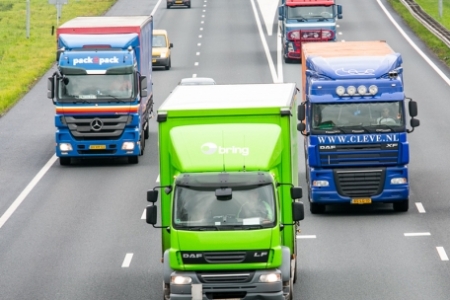With the present crash registration, a quantitative effect of internet shopping on neighbourhood safety cannot be determined. We do, however, expect that the increase in delivery traffic in neighbourhoods will result in less road safety, because the risk for the crash opponents is greater in the case of a delivery van crash than in the case of a car crash. Also see the question What is the crash rate for trucks and delivery vans?
More and more people shop online. In the Netherlands, the percentage of online shoppers aged between 16 and 74 grew from 55% in 2007 to 80% in 2018 [34]. In principle, this increase affects mobility, although the extent of the effect is not exactly known. On the one hand, we can do our shopping from home, which should reduce mobility in our neighbourhood. Online shopping does, on the other hand, generate mobility, because the products ordered need to be delivered, picked up and possibly returned. Most products ordered online are delivered to our doors, which results in an increased delivery van mobility in our neighbourhoods. Yet, Connekt [11] indicates that only 2.6 to 4.6% of the number of kilometres travelled is travelled by delivery vans for home delivery of products ordered online. Thus, the effect of increased delivery van mobility on account of online shopping on the total number of kilometres travelled by delivery vans is limited.
